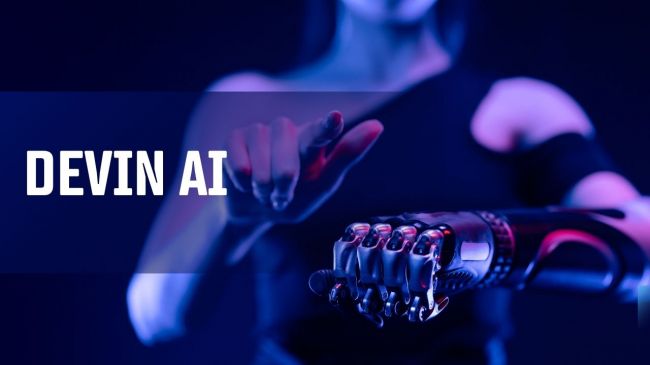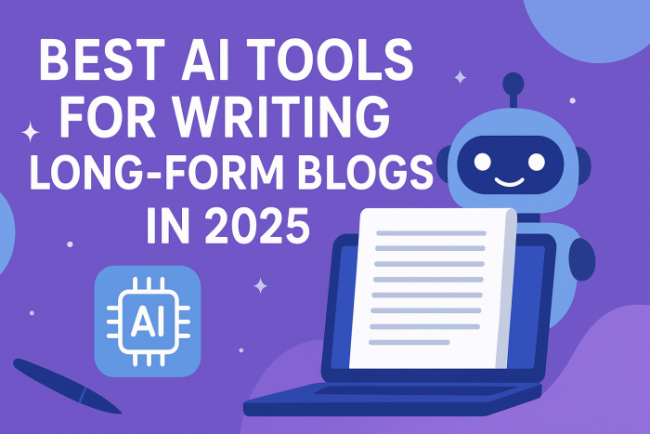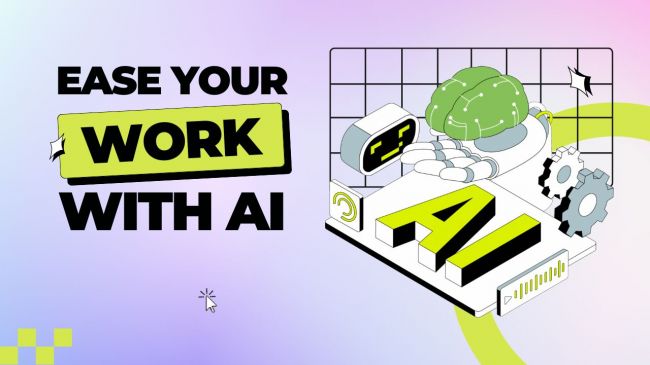On This Page
- The Dawn of AI-Driven Education
- From Chalkboards to Intelligent Dashboards
- Empowering Every Educator, Every Day
- The Student Side of the Magic
- Privacy as a Cornerstone, Not an Afterthought
- Insights from Classrooms Already Using AI
- Numbers That Redefine Teacher Productivity
- Overcoming the Learning Curve Together
- Real Conversations Around Ethics and Equity
- Building the Future of Teaching, One Tool at a Time
- Voices That Shape the Platform’s Growth
- Feature Snapshot at a Glance
- The Verdict: Empowerment over Replacement
- Closing Reflection
The Dawn of AI-Driven Education
Imagine a school day where lesson plans write themselves, quizzes adjust to each learner’s pace, and feedback arrives before a teacher’s first coffee. Platforms such as MagicSchool AI claim to make this possible, blending generative models with classroom routines to cut hours of manual work.

The company positions itself at the intersection of pedagogy and automation, a space where algorithms are supposed to assist rather than replace human judgment. As global spending on AI in education is projected to climb from roughly $5.9 billion (2024) to $32 billion by 2030 , many observers see such tools as test cases for the future of learning.
From Chalkboards to Intelligent Dashboards
Education has always borrowed from technology; overhead projectors gave way to smartboards, and now dashboards may replace binders. Bain Capital Ventures suggests that MagicSchool AI’s traction stems from focusing narrowly on K-12 workflows rather than generic AI chat models.
Its system reportedly integrates 80 teacher-facing tools and 50 student applications, from rubric generators to multilingual email writers. The interface looks deliberately simple, a design choice, developers say, that lowers the learning curve for non-technical staff.
Empowering Every Educator, Every Day
According to Common Sense Education, many teachers describe the platform as “easy to use and surprisingly secure.” Some claim it reduces weekly preparation time by seven hours or more. Others use it to adapt reading material for bilingual classrooms or to draft parent updates in multiple languages.
In theory, the system’s Retrieval-Augmented Generation (RAG) layer lets districts train the AI on their own curricula and policies, avoiding generic outputs that often miss local nuance. Whether that promise scales in practice remains to be seen, but early pilots in U.S. school districts indicate encouraging adoption rates.
The Student Side of the Magic
Students appear to benefit from differentiated learning features that tailor difficulty levels and feedback. One Reddit educator wrote that “quizzes based on videos are an absolute godsend for current events classes,” while another noted improved engagement among English-language learners. If accurate, these anecdotes illustrate how personalised AI prompts could support diverse classrooms better than fixed worksheets ever did.
Privacy as a Cornerstone, Not an Afterthought
Because student data is sensitive, privacy dominates every AI-in-education debate. Independent auditors on Capterra and Common Sense rate MagicSchool AI’s compliance near 93 percent, citing alignment with FERPA, COPPA and GDPR. The company publicly asserts that no personal data is used to train external models.
Still, experts warn that ongoing vigilance is essential: encryption standards and consent policies must evolve as rapidly as the algorithms themselves. For that reason, many districts reportedly require annual re-approval of the tool’s privacy documentation.
Insights from Classrooms Already Using AI
Case videos on YouTube show teachers creating cross-disciplinary lesson plans within minutes. Math instructors, for instance, demonstrate instant grading tools that free up roughly ten hours per week, time redirected toward mentoring students.
Administrators, meanwhile, monitor real-time usage analytics to see which departments adopt AI most effectively. Those data points then guide professional-development workshops, a feedback loop suggesting that technology adoption itself can be evidence-driven.
Numbers That Redefine Teacher Productivity
Surveys cited by education blogs indicate that 87 percent of MagicSchool AI users report measurable time savings, while schools note a 14 percent rise in student participation. Although these figures come from internal studies rather than peer-reviewed research, they align with broader trends showing teachers use AI chiefly for time reclamation rather than novelty.
To visualise the shift, imagine a pie chart of an average teacher’s week: paperwork shrinking, mentoring slices expanding. Even small efficiency gains compound into hours that can be reinvested in direct human contact, the rarest classroom resource of all.
Overcoming the Learning Curve Together
Despite intuitive design, adoption isn’t effortless. Some educators admit initial scepticism or fatigue from “too many new platforms.” Support communities such as the MagicSchool AI Empowered Educators Facebook Group now host peer tutorials and translated guides.
The company itself appears to recognise this challenge: professional-learning webinars, district training credits, and scenario-based workshops are frequently advertised. The broader question remains whether short-form AI training can substitute for long-term pedagogical reflection.
Real Conversations Around Ethics and Equity
Ethical use dominates staff-room debates. The University of Cincinnati’s AI Education Guide emphasises that teacher-led review should stay “in the loop” for any AI-generated assessment. Equity concerns persist, too: districts with limited bandwidth or device access may struggle to implement AI fairly, potentially widening the digital divide.
On LinkedIn, some educators, notably U.K. principal Darren Coxon, argue that compliance ambiguity and cultural bias require stricter oversight before nationwide rollout. Such caution echoes an old education principle: innovation without inclusion can reinforce inequality.
Building the Future of Teaching, One Tool at a Time
MagicSchool AI’s Series B funding (≈ $45 million in 2025) is reportedly channelled toward advanced analytics, ethical-AI modules, and tighter LMS integrations. Future releases are said to introduce curriculum-linked dashboards, improved multilingual support, and student-facing AI-literacy exercises.
If these developments materialise, classrooms could evolve into collaborative ecosystems where both teachers and learners co-design knowledge, guided, but not governed, by algorithms.
Voices That Shape the Platform’s Growth
Feedback remains mixed yet largely positive:
“Quizzes based on videos are a godsend,” wrote one high-school teacher on Reddit.
“Lesson plan generators are incredibly useful for cross-disciplinary lessons,” said Michigan Virtual on YouTube.
Conversely, Common Sense reviewers mention occasional generic outputs and regional mismatches.
The sentiment breakdown across major review sites averages about 81 percent positive, 15 percent mixed, 4 percent negative, roughly aligning with a 4.5 / 5 composite rating. While self-selection bias likely inflates these numbers, they suggest broad satisfaction with functionality if not perfection in nuance.
Feature Snapshot at a Glance
MagicSchool AI offers a growing suite of generative tools spanning lesson design, rubric creation, translation, behavioral insights, assessment generation, and automated feedback. Students access adaptive study helpers and AI-literacy challenges. Administrators can view adoption dashboards, and all plans include baseline data privacy controls. Both free and premium tiers (from ≈ $8 per month per educator) are available.

The Verdict: Empowerment over Replacement
The evidence so far suggests that AI-assisted teaching can save time, reduce burnout, and personalise learning when guided by professional judgment. Yet, dependence without critical review risks flattening creativity.
In short, MagicSchool AI exemplifies the promise and paradox of modern ed-tech. It can elevate teaching if educators stay firmly in charge of pedagogy and ethics. If not, automation may quietly shape the classroom more than the teacher does.
Closing Reflection
Education rarely moves this fast. Whether MagicSchool AI becomes a long-term fixture or a transitional experiment will depend on continued transparency, educator agency, and equitable access. For now, it stands as a vivid case study of what happens when machine intelligence enters the classroom, not to replace the teacher’s wisdom, but to test how far it can stretch.
Post Comment
Be the first to post comment!





